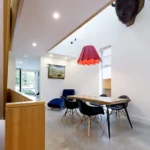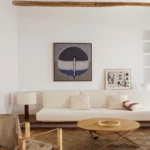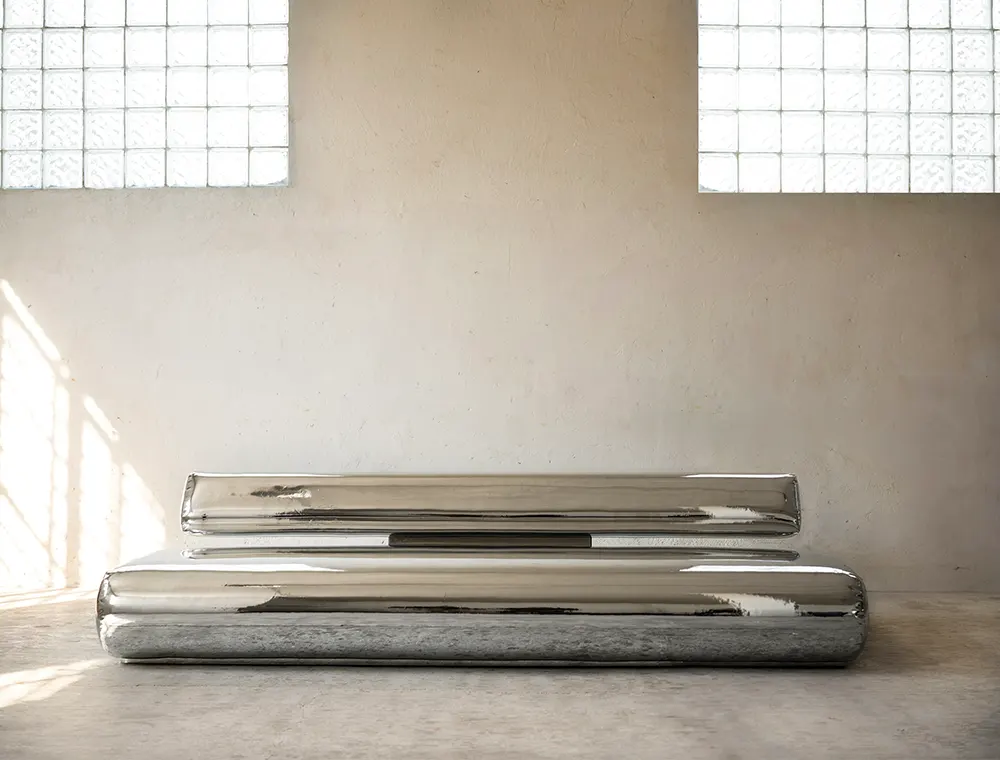
ATRA introduces the limited-edition Beluga Sofa, a sculptural piece designed by Alexander Diaz Andersson that draws attention through contrast, between softness and structure, comfort and control. With its cloud-like silhouette wrapped in mirror-finish pleather, the sofa reflects not only light but also the room around it, changing with its surroundings while maintaining its form. The use of stainless-steel hardware beneath the surface reinforces the illusion of weightlessness, anchoring the sofa without visual heaviness.
INTERVIEWS
In conversation with ARCHISCENE Magazine editor Jana Kostic, designer Alexander Diaz Andersson discusses the origins of the Beluga’s form, born from moments spent cloud watching, and the decision to build the piece more like a boat than a traditional sofa. The interview explores the relationship between engineering and feeling, focusing on how industrial materials take shape as furniture that prioritizes both design and use.
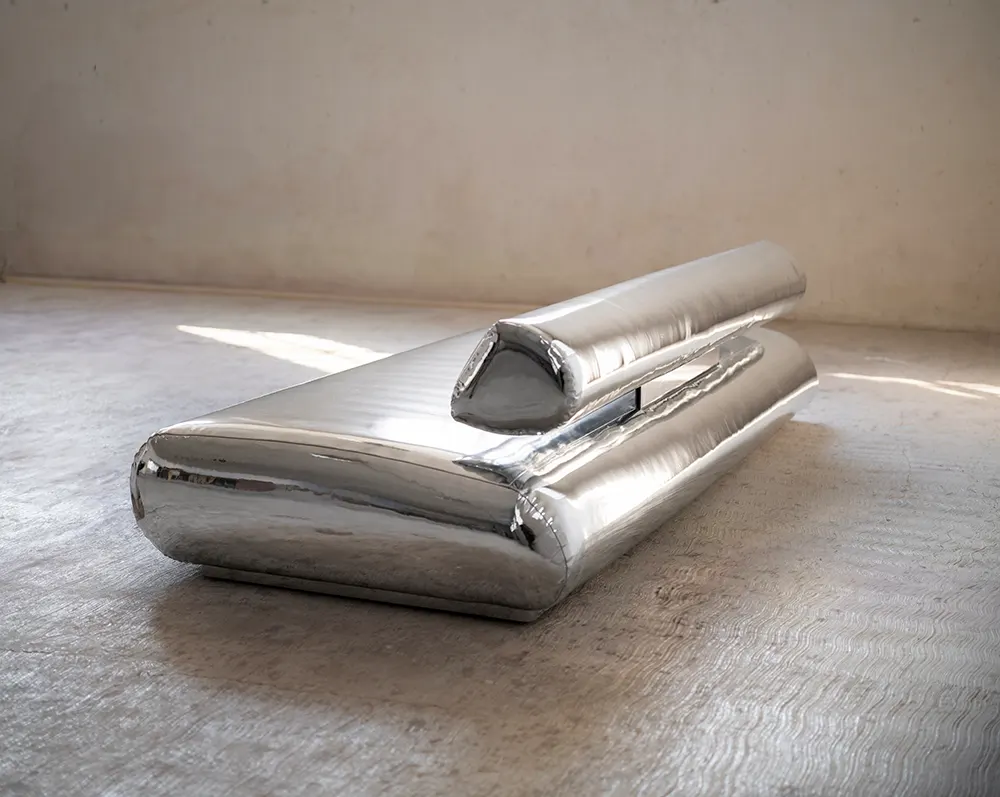
What inspired the sculptural, cloud-like silhouette of the Beluga Sofa? Were there specific influences that shaped its design?
The idea started while cloud watching. I was sketching without an agenda, just following shapes as they shifted. That looseness—observing form without function—allowed the silhouette to emerge in a way that felt intuitive. It wasn’t about making a sofa; it was about chasing a volume that felt soft, lifted, and quiet.
Were there specific influences that shaped its design?
As the form developed, it began to resemble marine life—specifically the Beluga whale. But that came after. The driving force was this impulse to give mass a floating quality, to make something voluminous that didn’t feel heavy. It’s sculptural, but familiar. The kind of shape you feel before you understand.
How did the choice of material and your design approach work together to create a sofa that is visually strong and sculptural, yet soft and comfortable to sit on?
It’s always about the tension between visual impact and physical experience. The surface needed to reflect light and define shape, but still invite touch. Sculptural doesn’t mean rigid. The sofa looks bold, but it’s built for comfort—deep, supportive, grounded. The materials and the form work together to create that contradiction: something that feels like an object, but functions as furniture. The goal is to make that balance feel effortless.
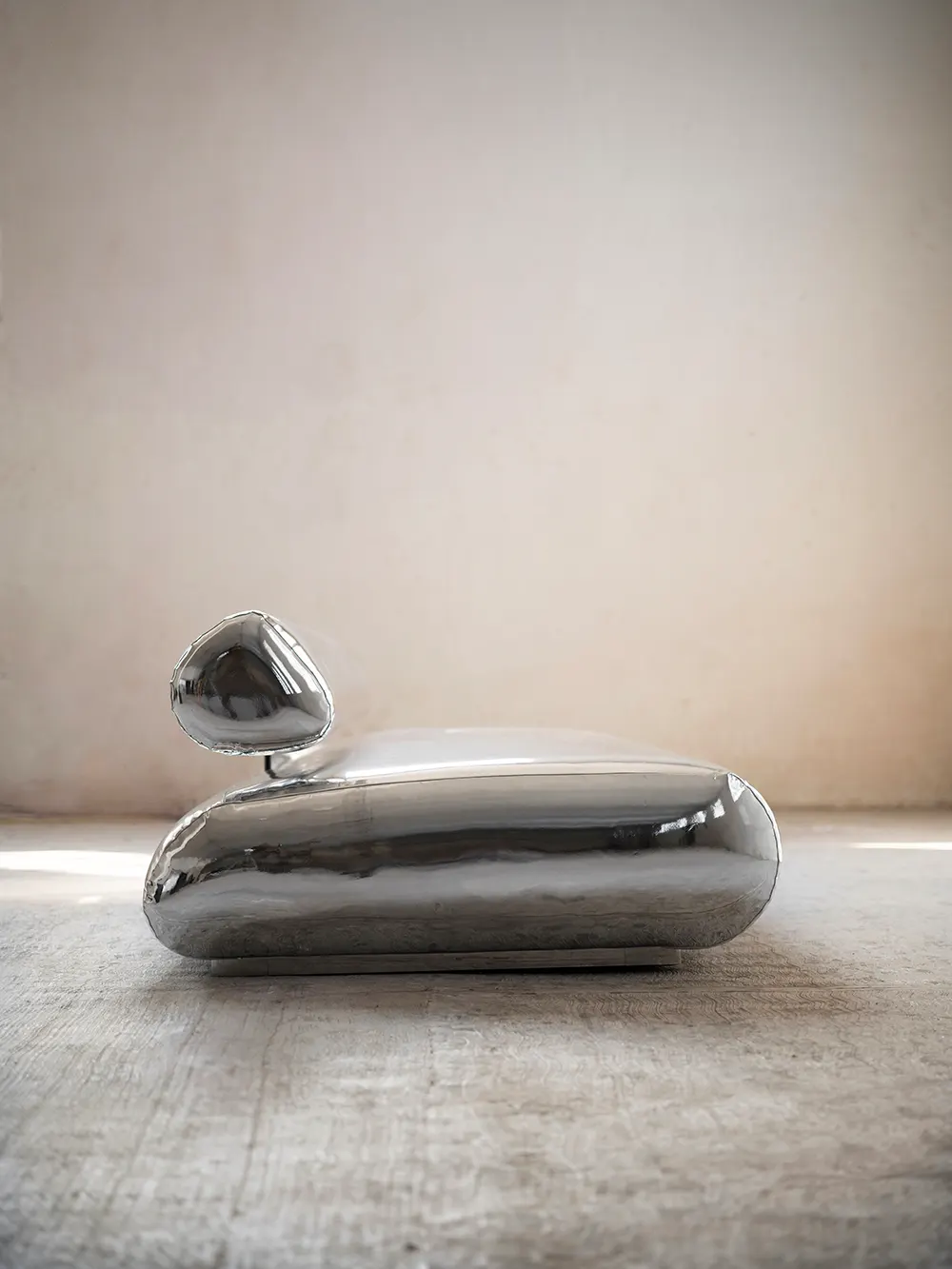
Could you walk us through the structural challenges of creating that illusion of weightlessness, particularly with the stainless-steel hardware?
The internal structure of the Beluga is built more like a boat—self-contained, curved, and incredibly precise. It has a skeletal quality to it, almost like the ribcage of a whale, which gives the piece its volume and presence without making it feel heavy. That structure isn’t something you see, but it’s what makes the entire form possible.
We worked with custom stainless-steel hardware to connect everything cleanly and invisibly. It had to be engineered down to the millimeter—every connection, every arc—so the sofa could carry its weight while still appearing light. The contrast between the soft exterior and the technical rigor underneath is intentional. There’s a quiet complexity in how it’s built that, to me, is just as compelling as the final form.
How do you balance artistic design with everyday function when creating a piece like the Beluga Sofa?
Function doesn’t have to look functional. We start with feeling—how it should sit, how it should hold the body—then build the form around that. It’s never about compromising visual language for usability, or vice versa. They have to inform each other. The Beluga works in a space because it offers both: something visually assertive, and something physically generous. If a piece invites you in without explaining itself, that’s when it’s successful.
How does the Beluga Sofa reflect ATRA’s broader design philosophy of turning industrial materials into refined luxury?
ATRA is about clarity—using raw, often industrial materials in a way that feels elevated but honest. We don’t hide structure; we resolve it. The Beluga reflects that. It’s engineered with precision, but the end result feels fluid and human. There’s a refinement that comes not from decoration, but from care—how things fit together, how they age, how they’re used. That’s what luxury means to us: not excess, but intention.


